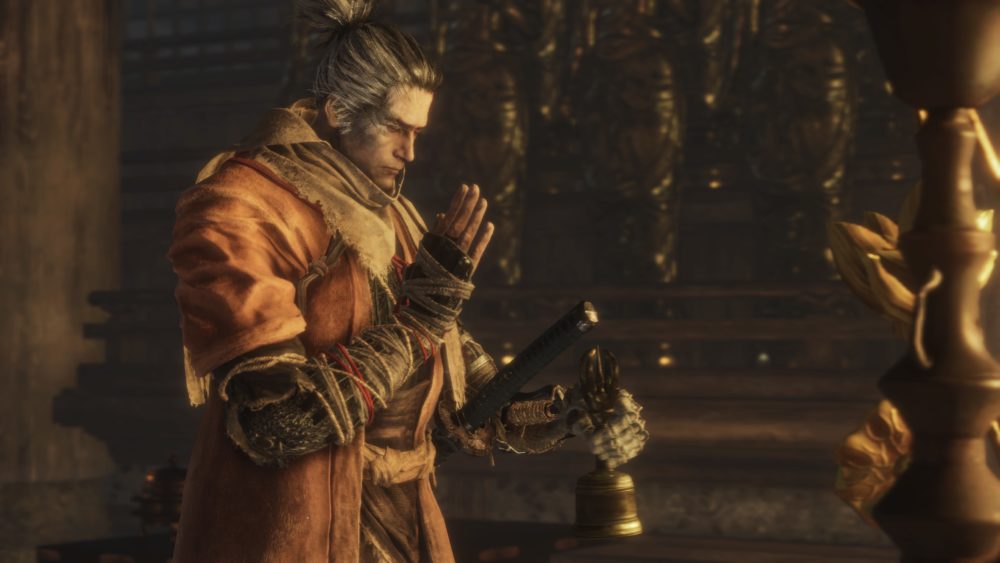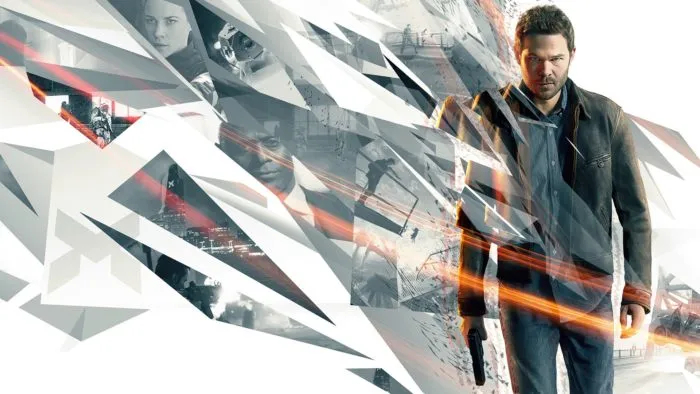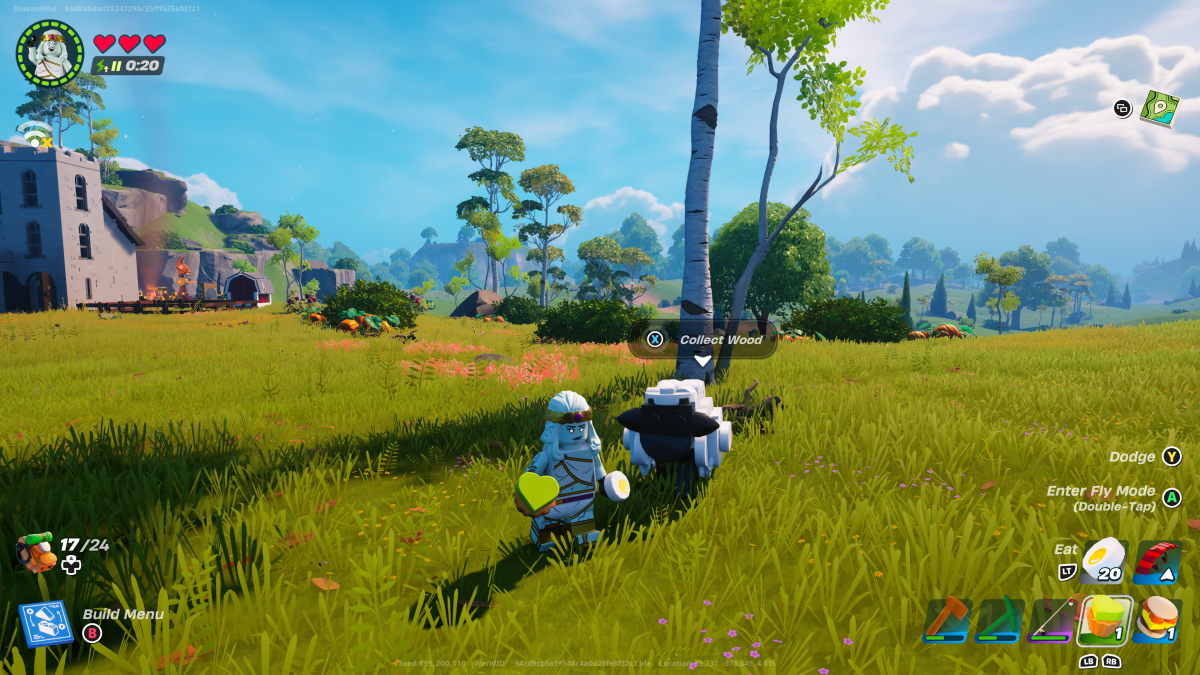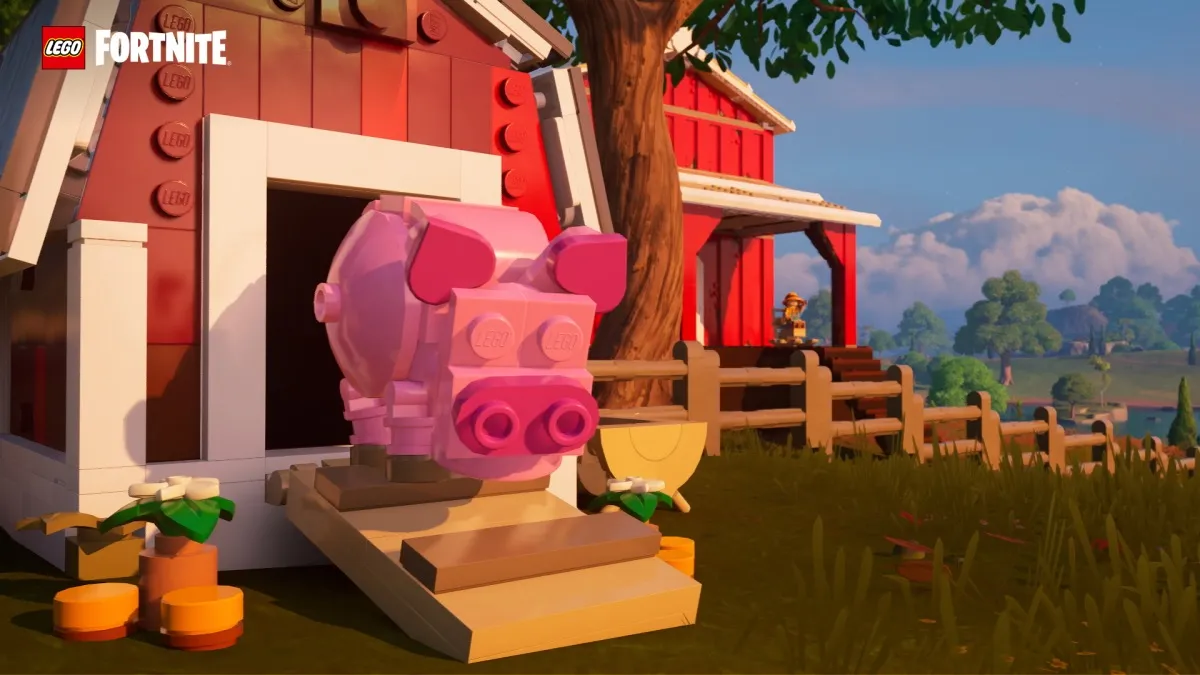Sekiro: Shadows Die Twice on PS4
You know how it’s really annoying when people compare a new game that’s even moderately tough to Dark Souls? Well, I hope you’re prepared to get annoyed, because that’s exactly what I’m about to do with Sekiro: Shadows Die Twice.
While Sekiro plays absolutely nothing like any Souls game I’ve ever laid eyes on, it does manage to perfectly capture that sense of newness or “first-time” experience you got when you dived into your very first Soulsborne game.
Not unlike past From games, Sekiro’s core theme is centered around the grey area that exists between life and death. Wolf, our one-armed Shinobi protagonist, has a gift (or a curse, rather) that allows him to continuously resurrect from death. Sekiro isn’t a Souls game, but even its poignant intro is essentially a recreation of that original Dark Souls opening in Undead Asylum.
All of the usual From-isms are here, from the bonfire-like checkpoints to the recursive level design, but treat this like any ol’ Souls game, and you’ll be in for a really rough time.
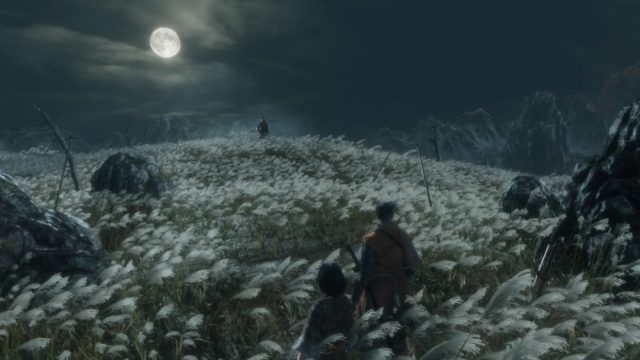
Sekiro’s combat system is every bit as in-depth as you would expect, but it comes with a twist: instead of implementing a stamina-based system, Sekiro is all about Posture.
Every enemy in the game, Wolf included, has an HP bar and a Posture bar. You could defeat an enemy by depleting their health completely, but it would be far more efficient for you to break their Posture instead, and score an instant kill.
Instead of focusing on dodging enemy attacks, Sekiro is more about a clash of swords and reading what your enemy is doing while responding. You’re meant to take most attacks head-on, and react with a well-timed block or parry. Get the timing right, and you’ll slowly build up their Posture meter. Get the meter completely full up, and you win.
The new resurrection mechanic in Sekiro also essentially gives you a second life, should you fall in battle. It sounds broken at first, but it’s obvious that the fights in this game are balanced around this. More on that later.
Instead of giving you a chance to pick up your lost experience upon death like in Souls, Sekiro instead gives you one chance to resurrect. And if you die again without any resurrection charges, you instantly lose half your skill experience and money.
This is where the game’s character tendency states come into play. Whereas Demon’s Souls had world tendency determined by your actions in the game, Sekiro’s characters undergo changes the more you die and resurrect.
If you keep dying in-game, the NPCs you meet will be inflicted with the Dragonrot disease, which causes them to spiral towards a slow death. The more the disease spreads, the lower your chances of receiving something called Unseen Aid, which is yet another curious mechanic that gives you a chance at retaining all your experience and money upon death.
In a way, this makes the game feel a little more punishing, just because it’s entirely possible for you to lose all your money as you’re beating your head against a boss. There are ways to get around the spreading of the Dragonrot disease and keep your Unseen Aid chances up, but you can bet that the game’s going to make you work for it.
Sekiro also places a much larger focus on mobility by giving Wolf a grappling hook near the start of the game. Stealth becomes a big gameplay element to consider, as you have the ability to leap from rooftop to rooftop, jumping down on unsuspecting enemies to land a backstab.
Thanks to the element of mobility, FromSoftware ends up managing to create a truly astounding world with impressive verticality. I hope you’re ready for more Dark Souls comparisons, because they’re coming.
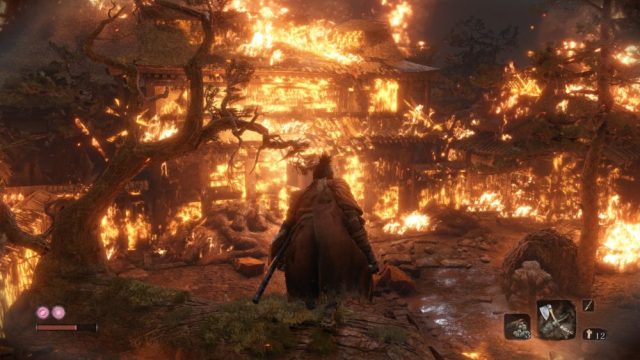
What makes the original Dark Souls so beloved even today is the strength of its world design and the way everything fit together in a snug manner. At the very bottom of the map, you had Ash Lake, which would lead up to Blighttown and New Londo, and you’d find the glorious vistas of Anor Londo at the very top.
The sheer verticality of Dark Souls’ map lent it a lot of replayability, and it’s what made the world so enjoyable to explore. The only other game to come close to Dark Souls’ brilliance in world design was Bloodborne’s Central Yharnam. Until now, that is.
Without going into major spoilers, Sekiro’s world is both massive and microscopic in scale. Everything in the game takes place in this singular mountain range, and you’re constantly moving up and down, finding interesting ways of looping back around to areas that you’ve already been to.
Armed with the grappling hook, you have the ability to check out areas in advance that you won’t be going to for hours, but that doesn’t mean you can’t potentially find some sort of side way to get there a little sooner.
Once you’ve cleared the game’s first two major bosses, the world opens up in a crazy way that will likely leave you at a loss as to what to do or where to go next. When you’re in the moment, everything about Ashina seems overwhelming. But take a step back and zoom out a little, and you’ll begin to see that these areas all fit together like pieces of a puzzle.
From what I can tell so far, there are a couple of ways you can potentially sequence-break the game, which should make future speedruns very interesting to watch.
Sekiro has an absolutely incredible world that far surpasses anything we’ve seen in Bloodborne or Dark Souls III. The jury’s still out on whether Ashina’s more tightly designed than Dark Souls’ Lordran, but I’d say the two are pretty damn close.
Speaking of bosses, Sekiro has a ton of them. There are only a little over 10 main story bosses, but this game is positively littered with mini-bosses and elite enemies that you’ll almost certainly consider breaking a controller over.
Mini-bosses usually come with two Deathblow counters. Whereas you’d normally only need to break a regular enemy’s Posture once and get a single Deathblow on them to kill them, mini-bosses are a little more resilient.
I suspect that part of the decision that went into this design was centered around forcing players to fight them head-on, instead of pussyfooting around them. While you might consider cheesing a mini-boss by grappling away and waiting for them to de-aggro, the boss will instead regain all of their health and Deathblow counters once they’re no longer focused on you.
And let me tell you, some of these mini-bosses are no joke. There are a couple that feel tougher than even some of the main bosses you’ll fight in the story.
This is where Sekiro stumbles a little. While the mini-bosses initially feel fresh and exciting, there are more than a handful of them that get recycled more than once as you progress further, just for the sake of presenting a roadblock in your way.
This gets frustrating after a while, as I’d rather just be fighting the regular enemies over again, instead of seeing recycled, time-consuming mini-bosses that I’ve already figured out a couple times before. The positioning of the mini-bosses certainly does make the game tougher, but I would’ve liked to have seen more variety, or at least a bit more restraint in littering these guys all over the place.
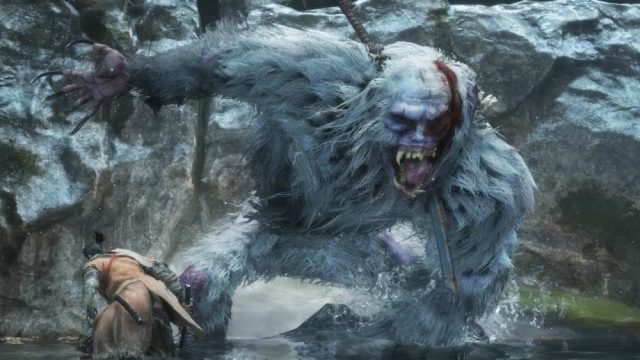
On the other hand, the main bosses are excellent. All of them are wonderfully varied, and all of them designed to teach you specific lessons in Sekiro’s combat.
There are tons of humanoid bosses, beasts, puzzle fights; you name it, Sekiro’s probably got it in one form or another.
The most interesting part of Sekiro’s combat and bosses is perhaps the fact that there’s no proper leveling system or any multiplayer features in place. This means that every single enemy and boss encounter in the game is designed with the single player in mind, at a very specific skill level relative to where you are in the game.
As you progress, it is possible to find items that will increase your health, Posture, and attack power, but these are items that are typically only obtained from defeating bosses and mini-bosses. This means that the only way to get stronger is by beating bosses. And if you can’t, you just won’t progress or get stronger.
Sekiro feels like a much tougher game because of this, but also a much more well-rounded and balanced one. This is a game that will beat you into getting good, and with how radically different the combat system is from the Soulsborne games, this will likely be a drawback for longtime fans of the Souls series.
Truly, in my early hours of the game, it felt like my Souls experience was actively hurting my progress in Sekiro. Having to un-learn all the muscle memory you’ve built up from those games is easily the biggest challenge Souls fans will face going into Sekiro, and you’ll want to toss all that knowledge out the window from the moment you start the game.
Good luck relearning all that muscle memory whenever the inevitable Dark Souls sequel releases, though.
We’re almost done with the Dark Souls comparisons, hang in there.
As far as the story goes, this is actually the most verbose FromSoftware has ever been in recent years. There’s no character creation in Sekiro, and players will instead step into the shoes of Wolf, a protagonist who actually talks and has a mind of his own.
Plot and story beats are spelled out a lot more explicitly in Sekiro, which is perhaps more fitting for a game that’s designed around an epic samurai drama. As mentioned before, Sekiro’s central theme is focused around life and death, and everything in between. Wolf’s role is to protect the Divine Heir of the Dragon Heritage, whose blood has the power to bring the dead back to life.
The NPCs here are far more talkative than usual, offering up nice little tidbits of lore to fill in the blanks. The cryptic item descriptions are also back in Sekiro, and this leads me to one of the more annoying issues in the game.
Every single item you pick up in Sekiro triggers a prompt that pauses the game, just so you can read the item description. The same goes for tutorial pop-ups, which can trigger in the middle of boss fights and enemy encounters. It’s a thing that persists even when you’re over 20 hours into the game, and it’s rather jarring, to say the least.
Despite its slight missteps, Sekiro: Shadows Die Twice is a tremendously dense game with so much to explore and discover. Ashina is a land so steeped in mysteries and secrets that you can’t help but be drawn in every step of the way.
As you’ve probably expected from FromSoft at this point, Sekiro is a game that relishes in its ability to challenge and punish the player with little to no room for error. The developer’s methods of storytelling may start to feel a tad stale at this point, but the game still manages to capture that immense feeling of satisfaction and accomplishment like no other.
Score: 4.5/5 – Great
For more information on how we review games, check out Twinfinite’s review policy here.

